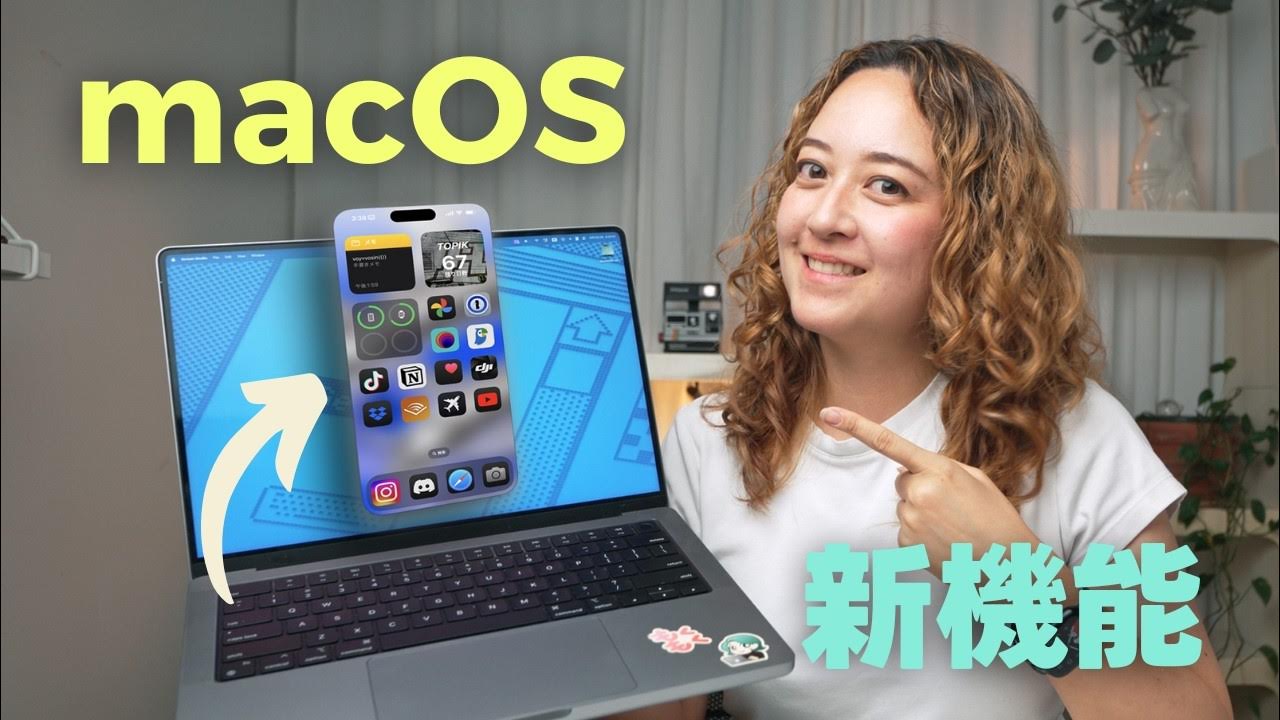AWS re:Inforce 2024 -Secure and increase mobile workforce productivity with AWS for MDM (DAP201-NEW)
Summary
TLDRこのビデオスクリプトでは、AWSのプライベートCA(Certificate Authority)サービスとその新しい機能、モバイルデバイス管理(MDM)ソリューションとの連携について紹介しています。デモンストレーションを通じて、AWSプライベートCAの設定方法や、新しいコネクタを使用してMDMと連携し、モバイルデバイスに証明書を発行するプロセスがわかりやすく説明されています。また、AWSプライベートCAの利点、セキュリティー対策、およびさまざまなエンタープライズ利用事例も紹介されています。
Takeaways
- 🌟 AWSプライベートCA(Certificate Authority)は、クラウドベースのマネージドサービスで、エンタープライズのセキュリティと生産性を向上させるために設計されています。
- 🛡️ AWSプライベートCAは、HSM(Hardware Security Module)でバックアップされた秘密キーを提供し、エンタープライズのセキュリティ基準を満たします。
- 🔧 MDM(Mobile Device Management)ソリューションとAWSプライベートCAを組み合わせることで、モバイルデバイスのセキュリティと管理を強化できます。
- 📲 SCEP(Simple Certificate Enrollment Protocol)コネクタを使用することで、MDMと連携してモバイルデバイスに証明書を登録することが可能です。
- 🔑 AWSは複数の証明書サービスを提供しており、ACM(Amazon Certificate Manager)を使用することで、AWSプライベートCAから発行されたプライベート証明書を簡単にプロビジョニング、管理、デプロイできます。
- 🤖 AWSプライベートCAは、自動化されたAPIとSDKを提供しており、開発者の迅速な証明書の発行と管理を可能にしています。
- 🏢 エンタープライズでは、AWSプライベートCAを利用して、AWS内外のリソース、ユーザー、デバイス、サービスメッシュ、コンテナ、IoTデバイスなどへの安全なアクセスを提供できます。
- 📈 AWSプライベートCAは、証明書の発行、失効、有効性の監査ログを提供し、コンプライアンスとセキュリティ監査のニーズに対応しています。
- 🌐 世界中のAWSリージョンで利用可能で、エンタープライズは地理的な分散を考慮した証明書の発行と管理を行うことができます。
- 💰 AWSプライベートCAは、従量課金制であるため、証明書の発行に応じてのみ費用が発生し、コスト管理が容易です。
- 🔄 AWSプライベートCAは、エンタープライズのニーズに応じて柔軟にスケールすることができ、高可用性を維持しながら証明書のニーズに対応しています。
Q & A
AWSプライベートCAとはどのようなサービスですか?
-AWSプライベートCAは、クラウドベースの秘密キーがHSM(ハードウェアセキュリティモジュール)でバックアップされるマネージドCAソリューションです。これにより、企業はAWSの管理されたサービスを利用して、プライベートキーの運用コストと複雑さを削減できます。
MDMソリューションとは何で、どのような利点がありますか?
-MDM(モバイルデバイス管理)ソリューションは、企業の管理者がモバイルデバイスにポリシーを適用し、管理するためのツールです。MDMを利用することで、従業員の生産性が向上し、企業はデバイスの発行にかかるコストを削減できます。
AWSプライベートCAのコネクタとは何ですか?
-AWSプライベートCAのコネクタは、AWSプライベートCAを他の環境で使用するためのブリッジ機能です。例えば、Active DirectoryやKubernetesなどの環境で証明書を自動的に発行するために使用されます。
セキュアエンドポイントとは何を意味していますか?
-セキュアエンドポイントとは、AWSプライベートCAが提供するエンドポイントで、これによりエンドポイントに対するリクエストが認証され、証明書が発行されることを意味しています。
AWSプライベートCAの証明書サービスにはどのような種類がありますか?
-AWSには、ACM(Amazon Certificate Manager)、AWSプライベートCA、およびAWS Certificate Manager Private CAという証明書サービスがあります。それぞれ異なる機能と用途を持っています。
証明書の有効期間や使用目的をカスタマイズすることはできますか?
-はい、AWSプライベートCAでは証明書の有効期間や使用目的をカスタマイズすることができ、またAPIやSDKを介して自動化することも可能です。
AWSプライベートCAで発行された証明書はどこで利用できますか?
-AWSプライベートCAで発行された証明書は、AWSの様々なサービスやオンプレミスのアプリケーション、IoTデバイス、サービスメッシュ、コンテナなど、多岐にわたる環境で利用できます。
AWSプライベートCAのセキュリティー対策には何がありますか?
-AWSプライベートCAはHSMでの秘密キーの生成と署名、IAMポリシーによるアクセス制御、監査ログの提供など、包括的なセキュリティー対策を提供しています。
証明書の失効や更新はどのように管理されますか?
-AWSプライベートCAでは、証明書の失効や更新は自動化されたプロセスによって管理され、またOCS PやCRLを使用して証明書の状態を確認することができます。
AWSプライベートCAの料金モデルはどのようなものですか?
-AWSプライベートCAは、証明書の発行に応じた料金モデルに基づいて課金されます。そのため、証明書を発行しない月では証明書に関する料金は発生しません。
Outlines

This section is available to paid users only. Please upgrade to access this part.
Upgrade NowMindmap

This section is available to paid users only. Please upgrade to access this part.
Upgrade NowKeywords

This section is available to paid users only. Please upgrade to access this part.
Upgrade NowHighlights

This section is available to paid users only. Please upgrade to access this part.
Upgrade NowTranscripts

This section is available to paid users only. Please upgrade to access this part.
Upgrade Now5.0 / 5 (0 votes)






